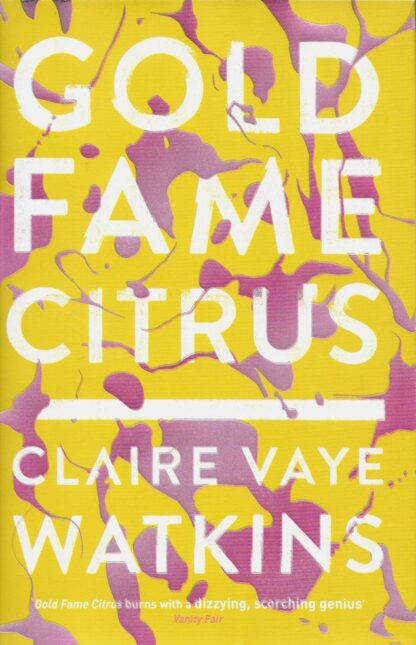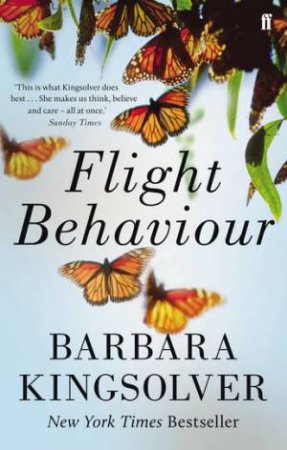Earth Day is a holiday that is often overlooked. If anything, people will celebrate by doing small acts of kindness to the Earth. Earth Day began on April 22, 1970, inspired by growing environmental concerns and organized by U.S. Senator Gaylord Nelson and activist Denis Hayes. The first event mobilized 20 million Americans and sparked the creation of the EPA and key environmental laws like the Clean Air and Clean Water Acts. In 1990, Earth Day went global, engaging over 200 million people in 141 countries. It helped elevate global environmental issues and influenced events like the 1992 Earth Summit. The 50th anniversary in 2020 marked the first digital Earth Day due to the COVID-19 pandemic. Today, it’s observed in over 190 countries by more than a billion people annually. Earth Day continues to drive action on climate change, conservation, and sustainability, but truthfully, we should treat every single day like Earth Day! Today I have compiled a list of environment altering scenarios in fiction books to show how important Earth is to us and why we need to celebrate Earth Day!
First up is a book I recently reread for a class, Margaret Atwood’s “Oryx and Crake.” In a climate-ravaged future, Snowman (formerly Jimmy) survives alone after a bioengineered plague wipes out most of humanity. He reflects on his childhood friendship with Crake, a brilliant but morally ambiguous scientist. Crake creates the “Crakers,” genetically engineered humanoids meant to replace flawed humans. Oryx, a mysterious woman from Jimmy’s past, is involved in both his and Crake’s lives, especially in the development of Crake’s utopia. As Snowman wanders the ruins of civilization, he tries to protect the Crakers while grappling with guilt and loss. The novel alternates between past and present, slowly revealing the events that led to humanity’s downfall. It’s a haunting critique of genetic engineering, capitalism, and environmental destruction.
 Next is, “Greenwood” by Michael Christie, a book that spans generations, telling the story of the Greenwood family and their complicated relationship with trees and capitalism. In 2038, scientist Jacinda Greenwood works as a guide on a rare, forested island in a world devastated by environmental collapse. As she investigates her own history, the narrative unfolds backward, revealing family secrets. The story delves into the Dust Bowl era, the Great Depression, and the early 20th century, illustrating how ecological and personal histories intertwine. Each generation is shaped by trees, through logging, environmentalism, or personal redemption. The novel raises questions about legacy, sustainability, and the illusion of progress. It’s a multigenerational epic rooted in environmental themes and emotional complexity.
Next is, “Greenwood” by Michael Christie, a book that spans generations, telling the story of the Greenwood family and their complicated relationship with trees and capitalism. In 2038, scientist Jacinda Greenwood works as a guide on a rare, forested island in a world devastated by environmental collapse. As she investigates her own history, the narrative unfolds backward, revealing family secrets. The story delves into the Dust Bowl era, the Great Depression, and the early 20th century, illustrating how ecological and personal histories intertwine. Each generation is shaped by trees, through logging, environmentalism, or personal redemption. The novel raises questions about legacy, sustainability, and the illusion of progress. It’s a multigenerational epic rooted in environmental themes and emotional complexity.
“New York 2140” by Kim Stanley Robinson is a book that’s quite popular, but I’ve only recently come across it. In a future where climate change has drowned much of Manhattan, New York has adapted by building up and embracing amphibious life. The novel follows a wide cast of characters, from financiers to street kids, each living in the partially submerged city. A financial mystery involving sunken treasure and real estate speculation ties their lives together. Through these intersecting narratives, the book explores capitalism, community, and resilience in the face of ecological collapse. Despite the damage, the city is vibrant and full of innovation and resistance. Robinson uses speculative fiction to offer hope amid disaster, imagining ways people might cooperate for survival. It’s a complex, optimistic vision of post-climate-crisis urban life.
Another novel set in the United States (a running theme), “American War” by Omar El Akkad. Set in a second American Civil War in the late 21st century, the novel follows Sarat Chestnut, a young girl whose life is shattered by violence and displacement. After her family is sent to a refugee camp in the South, Sarat is radicalized by loss, war, and manipulation. She grows into a deadly instrument of revenge against the North. The war is fueled by climate change, rising seas, and a federal ban on fossil fuels. The story is presented through historical documents, personal testimony, and narrative, creating a layered, speculative history. Sarat becomes both victim and villain in a brutal cycle of conflict. The novel is a chilling meditation on how war shapes identity, ideology, and the future.
 Claire Vaye Watkins’s “Gold Fame Citrus” is set in a drought-stricken, near-future California turned wasteland, former model Luz and her boyfriend Ray struggle to survive. They adopt a mysterious child and flee the remnants of society, seeking refuge in the shifting sands of the Amargosa Dune Sea. Along the way, they encounter a cult-like group led by a charismatic leader who claims to understand the desert’s secrets. As Luz searches for meaning, she questions motherhood, survival, and the delusions of American exceptionalism. The novel explores themes of environmental collapse, identity, and myth-making in a world unraveling. Watkins’ writing is surreal, hallucinatory, and rooted in post-apocalyptic desolation. It’s both a love story and a critique of Western fantasies of conquest and escape.
Claire Vaye Watkins’s “Gold Fame Citrus” is set in a drought-stricken, near-future California turned wasteland, former model Luz and her boyfriend Ray struggle to survive. They adopt a mysterious child and flee the remnants of society, seeking refuge in the shifting sands of the Amargosa Dune Sea. Along the way, they encounter a cult-like group led by a charismatic leader who claims to understand the desert’s secrets. As Luz searches for meaning, she questions motherhood, survival, and the delusions of American exceptionalism. The novel explores themes of environmental collapse, identity, and myth-making in a world unraveling. Watkins’ writing is surreal, hallucinatory, and rooted in post-apocalyptic desolation. It’s both a love story and a critique of Western fantasies of conquest and escape.
 “Flight Behaviour” by Barbara Kingsolver follows Dellarobia Turnbow, a discontented Appalachian housewife, who stumbles upon a valley filled with monarch butterflies, believing at first it’s a miracle. The arrival of the butterflies, far from their usual migration pattern, signals a disruption caused by climate change. As scientists and media descend, Dellarobia begins questioning her life, faith, and the systems that shape her world. The novel explores the intersection of rural poverty, environmental science, and personal awakening. Dellarobia’s transformation mirrors the changes happening in nature around her. Kingsolver balances ecological urgency with emotional nuance and rich character development. It’s a novel about seeing clearly—both in the natural world and within oneself.
“Flight Behaviour” by Barbara Kingsolver follows Dellarobia Turnbow, a discontented Appalachian housewife, who stumbles upon a valley filled with monarch butterflies, believing at first it’s a miracle. The arrival of the butterflies, far from their usual migration pattern, signals a disruption caused by climate change. As scientists and media descend, Dellarobia begins questioning her life, faith, and the systems that shape her world. The novel explores the intersection of rural poverty, environmental science, and personal awakening. Dellarobia’s transformation mirrors the changes happening in nature around her. Kingsolver balances ecological urgency with emotional nuance and rich character development. It’s a novel about seeing clearly—both in the natural world and within oneself.
And of course, I can’t go without mentioning my favorite post-apocalyptic tale, “Parable of the Sower” by Octavia Butler. In a near-future America devastated by climate change, economic collapse, and violence, teenager Lauren Olamina develops a new belief system called Earthseed. Living in a gated community outside Los Angeles, Lauren sees the world falling apart and prepares for survival. When her home is destroyed, she travels north, gathering a group of followers along the way. Her hyper empathy, a condition causing her to feel others’ pain, adds both vulnerability and insight. Earthseed centers on the idea that “God is Change,” a principle that shapes Lauren’s vision for humanity. The novel is both a road narrative and a philosophical meditation on adaptation and resilience. It’s a powerful, prophetic story of hope, faith, and building something new from the ruins.
Earth Day is an important holiday, but we shouldn’t stop caring about the environment at the end of the day. We only have one Earth, and frankly, we haven’t treated it the best. These books are all extremely pessimistic takes on environmental destruction, but they aren’t so far off from reality. Hopefully you can find a way to celebrate the importance of Earth Day today, and every day!
Discover more from Shelf-Promotion
Subscribe to get the latest posts sent to your email.

You must be logged in to post a comment.